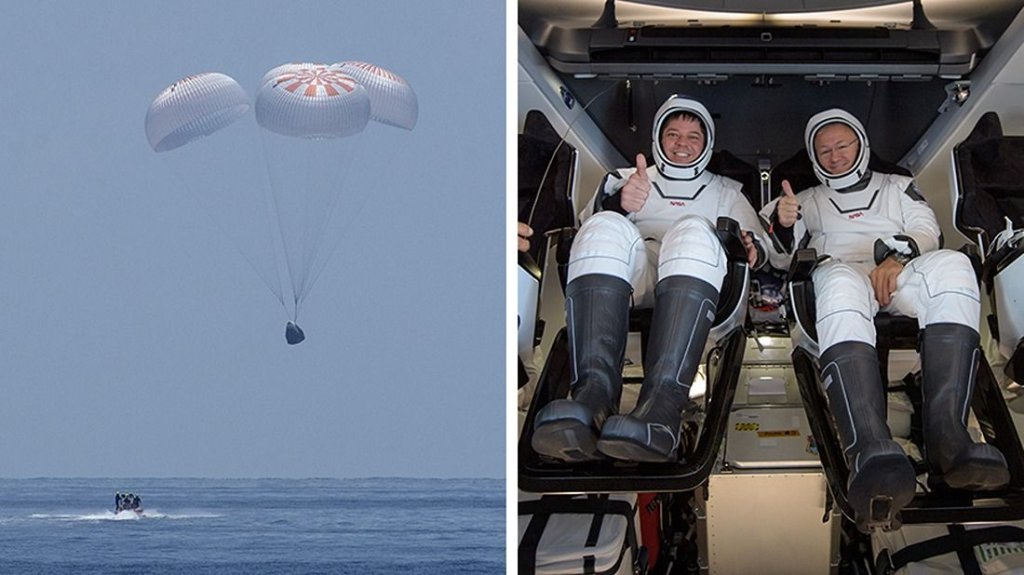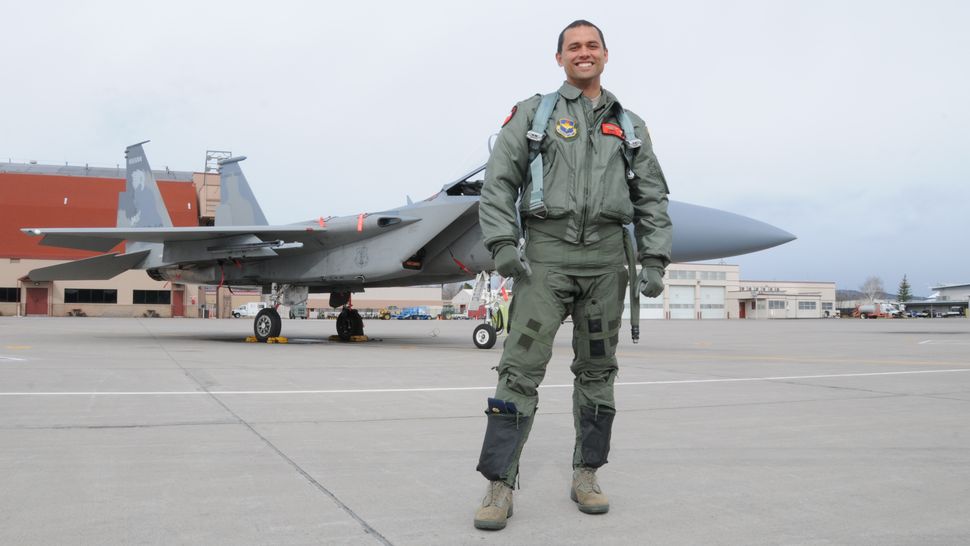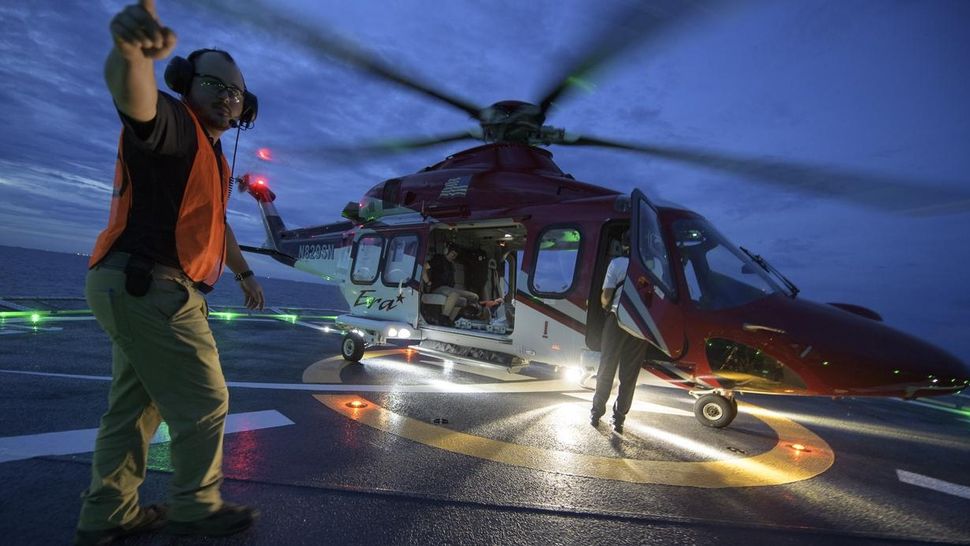
‘Like planning a giant wedding:’ How NASA astronaut Anil Menon helped SpaceX with 1st U.S. splashdown in 45 years (exclusive) (Image Credit: Space.com)
NASA’s Anil Menon got splashdown practice with SpaceX even before he joined the astronaut corps.
Menon was part of the medical team supporting Demo-2, the first astronaut mission SpaceX ever flew. Demo-2’s Crew Dragon capsule made a historic return to Earth on Aug. 2, 2020. It was the first time an American spacecraft splashed down in the ocean with humans on board in 45 years.
NASA recruited Menon, a flight surgeon and U.S. Air Force lieutenant colonel, as an astronaut candidate in December 2021. Menon spent 2.5 years in basic training and graduated with the rest of his class on March 5. The new astronaut spoke with Space.com in an exclusive phone interview that day.
Related: SpaceX: Facts about Elon Musk’s private spaceflight company
Menon’s diverse resume before becoming an astronaut includes graduating Stanford Medical School, working for the California Air National Guard, acting as a first responder after earthquakes in Haiti and Nepal, deploying twice with the U.S. Air Force and working with NASA as a flight surgeon — all before joining SpaceX as its first flight surgeon in 2018.
SpaceX was finishing up development of its human-rated Crew Dragon spacecraft back then, which put Menon in line to help the first two NASA astronauts to fly with the company: Bob Behnken and Doug Hurley. Their mission, Demo-2, spent two months at the International Space Station (ISS) before coming back to Earth.
“That was one of the most powerful experiences of my life,” Menon told Space.com of his work with Demo-2. He embedded with the recovery team, which was tasked with picking the NASA duo up in the Atlantic Ocean, near Florida’s east coast. Their job was to figure out procedures if things went right — and especially if things went wrong.

“It’s always the theory of, ‘Plan for the worst and expect the best,’ but we would figure out how to build a system in that could respond to any problems,” Menon said, noting no major medical issues arose during the actual Demo-2 recovery.
Still, he and his colleagues were glad for the training.
“We built the medical infrastructure on the recovery ship and just choreographed how everyone moved along. It was like planning a giant wedding, in that we had to get so many people on board with the choreography of how that was going to happen in a normal situation, and how it might happen in a not-normal situation.”

Demo-2’s return easily fell into the category of “not-normal.” The world was gripped in lockdowns amid the worst of the COVID-19 pandemic, necessitating social distancing, masking and sanitary precautions for all first responders on board.
On top of that, the team was trying to rebuild U.S. splashdown practices after the last American crewed effort, Apollo-Soyuz, concluded in 1975. Everything from what would be in the helicopters, to how to prep the local hospitals, was in the checklist.
The medical team also needed to be ready for a potentially queasy crew, who would be adjusting to Earth’s gravity again. “When we landed people in water, would they be nauseous and throwing up? We didn’t know that, and so we were planning for that to happen,” Menon said.
The solution was a “rolling platform” that could bring stricken astronauts straight to a medical bay if they needed it. On a pitching ship, something was needed to bolt that platform down. Brian Attiyeh, one of the SpaceX recovery engineers, came up with a $10 solution that involved a simple bike handle, Menon recalled. “That was a pretty amazing approach, and just kind of exemplifies how we did everything,” he said.
Overall, the splashdown preparation and recovery went as planned. Some team members did get infected with COVID, but the rates were tenfold below the medical standard of the day, Menon said. (The crew also arrived in good shape, although later recoveries were changed for safety concerns after recreational boaters unexpectedly gatecrashed the astronauts’ ocean arrival.)
“It was a great experience to work with the engineers,” Menon said of Demo-2, “and work through some of those things and teach them. A lot of times I would give presentations on just what to expect, and then also to learn from them.”





